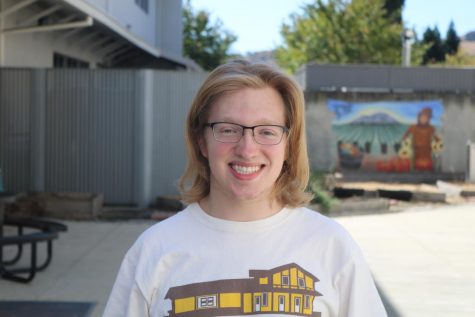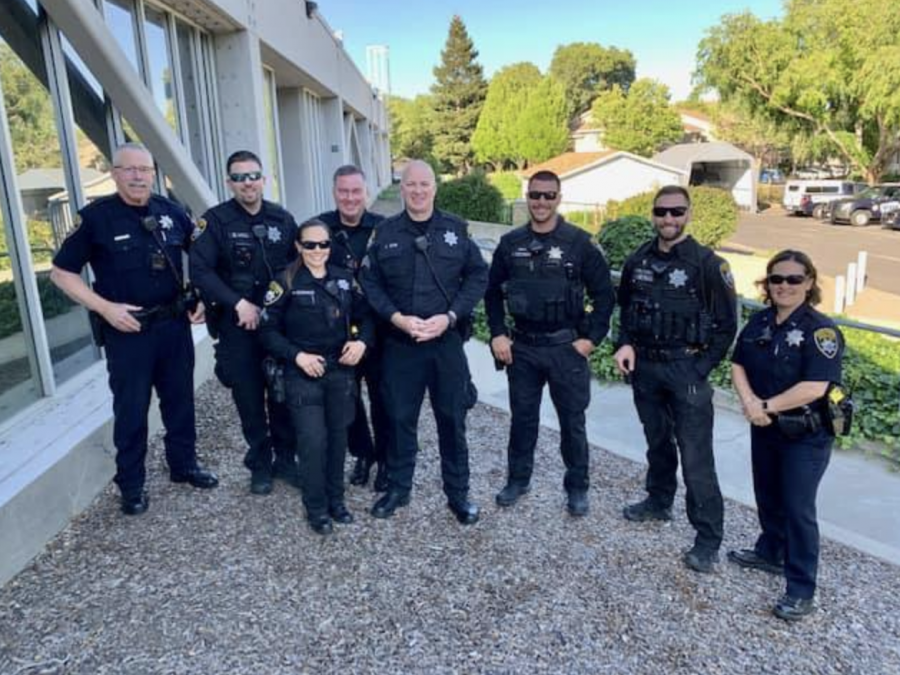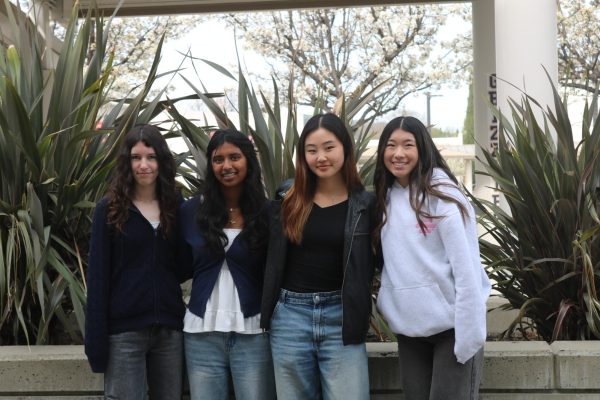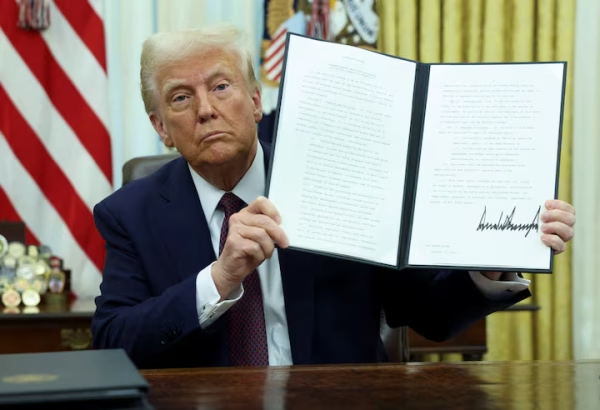San Ramon Police Department bans carotid restraint in aftermath of George Floyd’s death
The San Ramon Police Department has officially banned the use of carotid restraints in the aftermath of nationwide protests reacting to the death of George Floyd.
“Effective immediately, the San Ramon Police Department has banned the use of the carotid restraint,” wrote San Ramon police Chief Craig Stevens in a statement posted to the department’s official Facebook page on June 12. “Our Use of Force Policy is being updated to reflect this change.”
In the letter, Stevens wrote that he had recently been sent “many” emails from community members who were concerned about department policies. Stevens wrote in the statement that many of the letters supported recommendations deriving from 8 Can’t Wait, an organization advocating for a set of eight police reform measures. One of these eight measures is a ban on “chokeholds and strangleholds”.
Floyd died on on May 25 about an hour after Minneapolis police Officer Derek Chauvin used a knee-to-neck restraint on him for 8 minutes and 46 seconds. The Hennepin County medical examiner’s autopsy showed Floyd died due to cardiopulmonary arrest as a result of “neck compression”. Police departments across the country have banned chokeholds, carotid restraints, and other neck restraints in response.
Chauvin and three other officers at the scene of Floyd’s death were fired, and Chauvin is charged with second-degree murder. The three other officers are charged with aiding and abetting murder.
Carotid restraint refers to a neck hold where the neck’s carotid artery is being restricted. When done properly, a carotid restraint does not block the windpipe.
Chokeholds and strangleholds, which constrict the windpipe and could potentially cause suffocation, have never been an authorized use of force, said San Ramon police Captain Denton Carlson.
Since 2015, the carotid restraint has only been attempted once by a San Ramon police officer, Carlson said.
“[The carotid restraint] was not something we really utilized, so making the decision to take that out of our authorized use of force was not a difficult decision whatsoever,” Carlson said.
California Gov. Gavin Newsom’s announcement that the carotid restraint would no longer be included in law enforcement training in the state influenced the department’s decision.
“The carotid artery hold was no longer going to be an approved use of force for the State of California,” Carlson said. “We can’t even train it anymore, so why would we ever even keep it?”
The department reviews and updates its policies at least once a year, Carlson said.
“We’re constantly reviewing all of our use of force to make sure that we have areas of improvement, we’re always looking to do things better,” Carlson said.
Carlson said Stevens unilaterally made the decision to ban the carotid restraint. He said the department was not planning on changing any more of its policies in response to Floyd’s death, at least in the near future.
For some San Ramon community leaders, the department’s letter is welcome, but not enough to address police reform.
“They are just acknowledging they already do [these policies], they aren’t building upon them,” Cal High Amnesty International president Andrew Frank said in response to Stevens’ letter. “It’s a start knowing that they are at least acknowledging that there are issues, and hopefully they can work towards fixing them even more in the future.”
Community leaders also want greater transparency of department practices.
Frank, a junior, said he would like to see the department release use-of-force reports to the public for viewing, and for them to include more information in these reports.
Cal’s Amnesty International is working with the school’s Junior States of America and with Dougherty Valley Amnesty International to discuss police reform.
“We’re going to try to lobby our City Council to encourage or recommend that the police department implement certain reforms that go above and beyond what they’ve already done,” Frank said.
Other San Ramon residents want different types of reform.
A petition calling to “defund and demilitarize” the police department has received more than 500 signatures on Change.org. Sameera Rajwade, who started the petition, believes that department funding could better be spent in other ways.
“We spend an annual budget of 23 million+ on police budget expenses,” Rajwade wrote. “Our police drive fancy cars which we can replace with cheaper alternatives… Let’s reform our police system and see the money go back into impoverished bay area [sic] communities.”
Rajwade and others who signed the petition are also concerned about police militarization.
“The violence enacted against protesters in Walnut Creek by SRPD members of Central County SWAT is NOT what I want ANY of my money or goodwill going towards!” Nicole Barratt wrote as a comment on the petition.
Barratt is likely referring to the June 1 protest in Walnut Creek on I-680 when tear gas, rubber bullets, and police dogs were used by members of Central County SWAT against demonstrators during the protest, according to the Mercury News.
Central County SWAT is composed of officers from San Ramon, Martinez, Pleasant Hill, and Walnut Creek police departments, and BART police, according to the City of San Ramon website page for the San Ramon Police Department.
Newsom announced on June 5 that he is supporting legislation AB 1196, introduced by California Assemblymember Mike A. Gipson (D-Carson), that would ban use of carotid restraints by police officers in the State of California.
“I will support and sign [the bill] as soon as it gets to my desk,” Newsom said at a press conference on June 5.
The bill is currently in the California State Senate.
In the aftermath of Floyd’s death, a nationwide conversation has emerged regarding police reform. Activists hope San Ramon partakes in this conversation as well.
“I think the community in San Ramon really needs to realize that standing aside and turning a blind eye is not really acceptable,” said Frank, the Cal student. “It’s good that we’re finally getting a larger movement following the death of George Floyd, but there were so many other people before this who were needlessly killed by police brutality.”

Senior Nicholas Harvey is the Editor-in-Chief for The Californian. Writing for the paper since freshman year, Nicholas is especially interested in the...











Susan Molloy • Jul 4, 2020 at 9:31 am
Nick – Thank you for your article. I think it is important to express both sides of an issue. Perhaps a future article can reflect upon the experience of someone who has taken a ride along with the police department so a more well rounded perspective of what equipment the police use and the life changing situations they encounter can be shared.